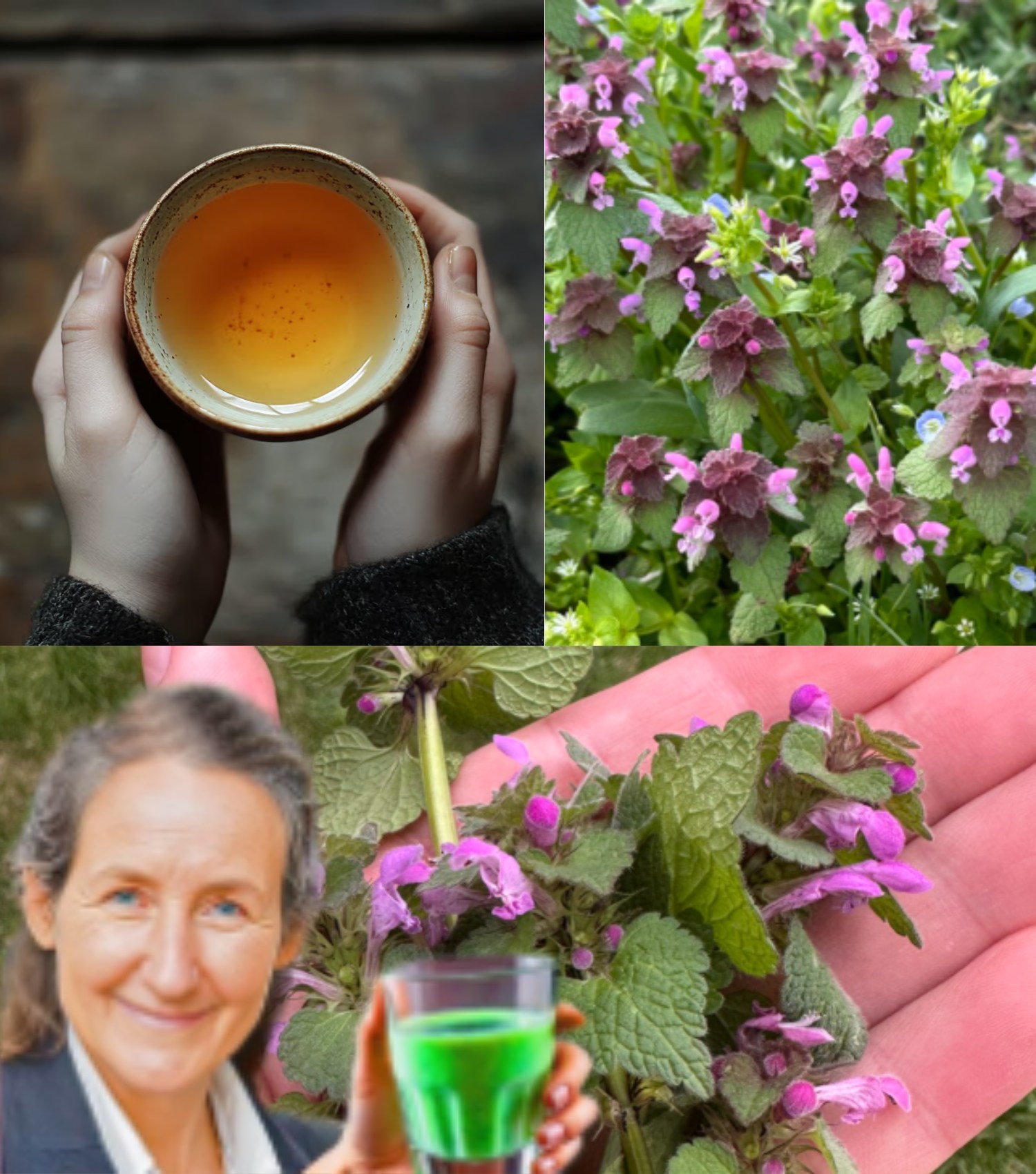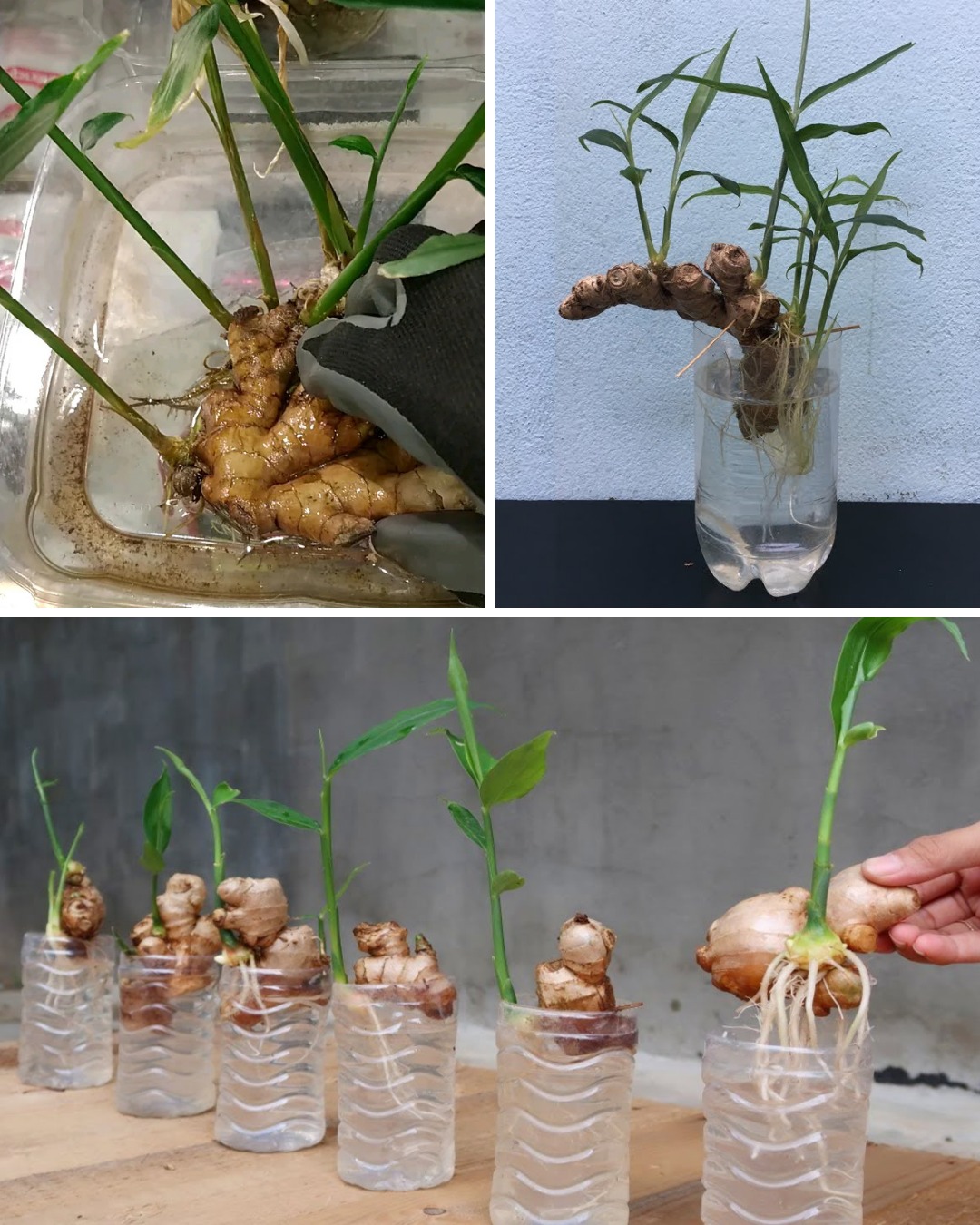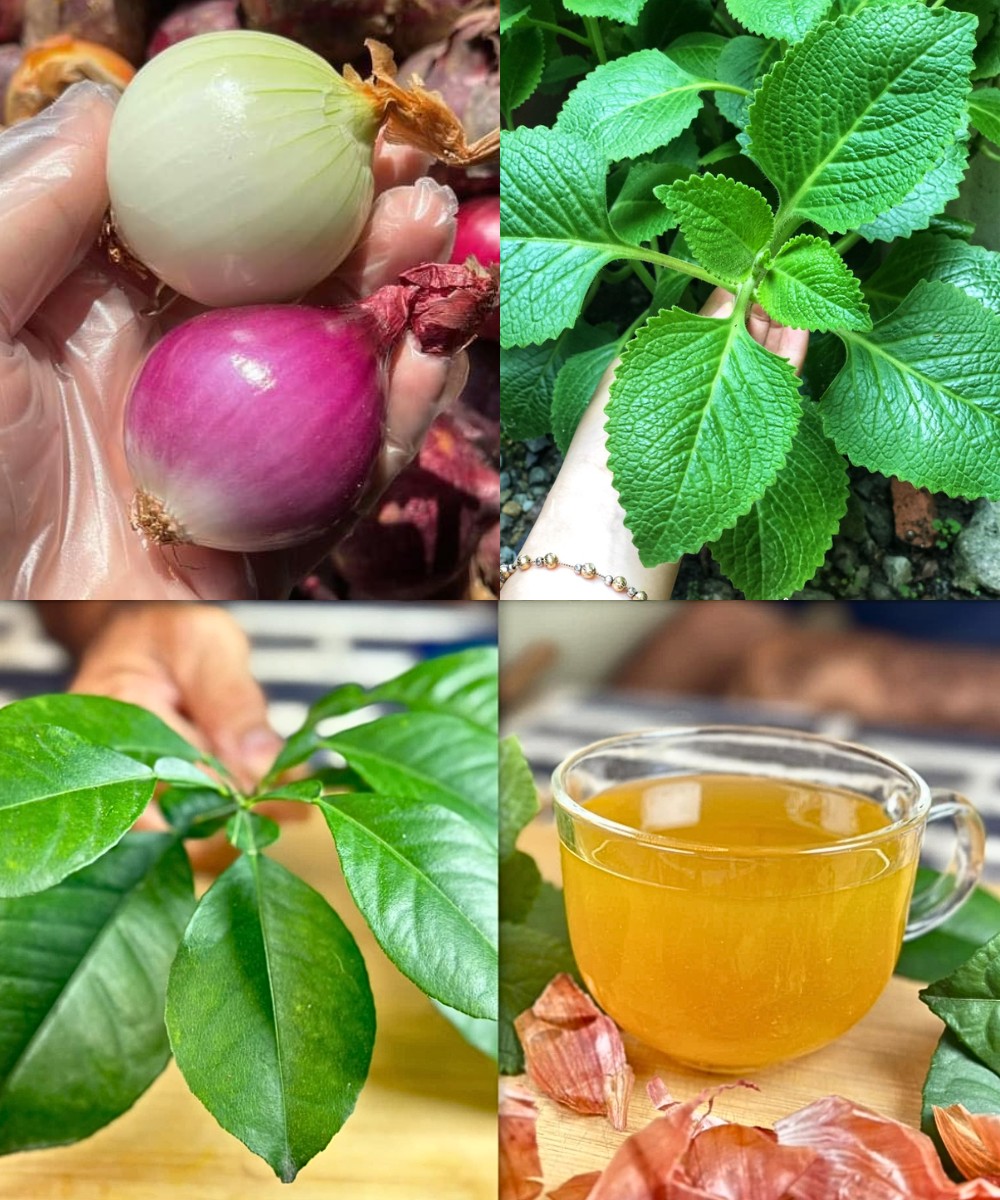As the days grow longer and the first signs of spring begin to emerge, nature invites us to rediscover the abundance of resources all around us. Among the most vibrant and surprising springtime plants is Lamium purpureum, commonly known as purple dead nettle. If you’re looking to embrace the changing season and reap the benefits of nature’s medicine, now is the perfect time to head outside and start foraging for this often-overlooked plant. From its vibrant purple flowers to its many health benefits, purple dead nettle is truly a gift of nature.
Let’s dive into how to identify this wonderful herb, the myriad ways it can be used, and why it deserves a place in your kitchen, garden, and medicine cabinet.
How to Identify Purple Dead Nettle
If you’ve ever walked through a meadow, garden, or along a sidewalk in early spring, chances are you’ve spotted purple dead nettle without even realizing it. This plant is a member of the mint family and is low-growing, often found in clusters that blanket the ground with a soft green carpet, dotted with purple blossoms.
Key Features of Purple Dead Nettle:
- Square stems: A telltale sign that the plant belongs to the mint family.
- Heart-shaped, fuzzy leaves: The leaves are soft to the touch and are often covered in fine hairs, giving them a velvety appearance.
- Purple hues: The upper leaves may be tinged with purple, especially as the plant matures.
- Small pinkish-purple flowers: These bloom in small clusters at the tops of the stems, adding a burst of color to the plant.
- Mild, grassy scent: Unlike the sting of its close relative, stinging nettle, purple dead nettle is completely harmless and has no stinging effect.
Fun Fact: Why “Dead” Nettle?
Unlike its prickly cousin, stinging nettle, purple dead nettle doesn’t sting. The “dead” part refers to the fact that it lacks the irritating properties of stinging nettle, making it much easier to handle and much more enjoyable to use.
Identifying Purple Dead Nettle vs. Look-Alikes
Purple dead nettle is often confused with another common springtime plant, henbit. While the two may look similar at first glance, they are easy to distinguish upon closer inspection. Both plants are safe to eat and share many characteristics, but henbit has slightly rounder leaves and a more pronounced flower cluster. Regardless of which one you encounter, you can be sure that both are completely edible and non-toxic.
Health Benefits of Purple Dead Nettle
You might be surprised to learn that purple dead nettle isn’t just a pretty face in the wild; it’s packed with nutrients and boasts a variety of healing properties. Whether you’re looking to boost your immune system, soothe seasonal allergies, or create a soothing skin remedy, purple dead nettle can be an excellent addition to your natural health toolkit.
Key Health Benefits:
- Anti-Inflammatory: Purple dead nettle helps reduce inflammation both internally and externally. Whether you suffer from joint pain, swelling, or redness, incorporating this plant into your routine can help reduce these symptoms.
- Antibacterial and Antifungal: Its natural antibacterial and antifungal properties make purple dead nettle useful in supporting your body’s defense against infections. It’s particularly useful for treating minor skin irritations like cuts, scrapes, or rashes.
- Rich in Nutrients: Purple dead nettle is high in vitamins and minerals, including Vitamin C, Vitamin A, and iron. These nutrients help bolster your immune system, promote skin health, and increase energy levels.
- Supports Digestion: The mild bitterness of purple dead nettle can help support healthy digestion, reducing bloating and promoting overall gut health. It can be a gentle remedy for digestive discomfort.
- Allergy Support: As the plant blooms in early spring, it’s especially useful during allergy season. Drinking tea made from purple dead nettle can act as a natural antihistamine, helping to ease symptoms like sneezing, itchy eyes, and congestion.
- Detoxifying and Diuretic: Purple dead nettle is a natural diuretic, which means it helps cleanse the body and supports kidney and liver function. It aids in flushing out toxins and promoting overall detoxification.
- Menstrual Relief: Women can also benefit from purple dead nettle’s soothing effects on menstrual discomfort. It has been traditionally used to ease cramps and balance hormones, making it a helpful ally during your cycle.
- Wound Healing: The plant’s antimicrobial properties help promote healing in minor wounds. Applying a poultice of crushed leaves or using an infused oil can accelerate the healing process of cuts and burns.
- Energy Boosting: Rich in antioxidants and vitamins, purple dead nettle provides a revitalizing energy boost, especially beneficial during the sluggish days of early spring when you’re feeling a bit drained.
How to Make Purple Dead Nettle Tea
One of the simplest and most calming ways to enjoy the benefits of purple dead nettle is by making a cup of herbal tea. Whether you’re sipping it to reduce seasonal allergies, ease digestive discomfort, or simply unwind after a busy day, this soothing tea is a delightful way to reconnect with nature.
Ingredients:
- 1 handful of fresh purple dead nettle (or 1 tablespoon dried)
- 1 cup of boiling water
- Optional: honey or lemon for taste
Instructions:
- Harvest and Rinse: If you’re using fresh leaves, gently rinse them to remove any dirt or debris.
- Prepare the Tea: Place the leaves and flowers in a teacup or teapot.
- Steep: Pour 1 cup of boiling water over the leaves. Cover and let the tea steep for 10–15 minutes.
- Strain and Serve: After steeping, strain the tea and discard the plant material. Add honey or lemon to taste, if desired.
This tea can be consumed up to two times a day, especially during allergy season or for overall wellness. The tea has a mild, grassy flavor with a slightly earthy finish.
Other Creative Ways to Use Purple Dead Nettle
Purple dead nettle isn’t just for tea! Here are a few other ways to incorporate this versatile plant into your diet and wellness routine:
1. Add to Salads or Smoothies:
The tender young leaves of purple dead nettle are delicious in fresh salads or blended into smoothies. Its mild flavor won’t overpower other ingredients, making it a great addition to any dish.
2. Make a Salve or Oil Infusion:
You can infuse purple dead nettle in olive oil to create a soothing salve for skin irritations. This infusion works wonders for treating minor burns, cuts, and rashes. It also makes an excellent base for homemade lotions and balms.
3. Dry and Store for Later:
During the peak of the season, purple dead nettle is abundant, so consider drying the leaves and flowers to use later in the year. Simply hang bunches upside down in a cool, dry place, and once dried, store them in an airtight container.
4. Tincture It:
For long-term storage, you can create a tincture by infusing purple dead nettle in alcohol or glycerin. This method allows you to preserve its medicinal properties for months and makes it easy to incorporate into your wellness routine.
Final Tips for Foraging Purple Dead Nettle
When foraging for purple dead nettle, it’s important to be mindful of where you pick it. Here are some essential tips to ensure a successful and safe foraging experience:
- Pick from Clean Areas: Avoid areas near roadsides or treated lawns to ensure that the plant is free from contaminants and pesticides.
- Harvest Early in the Season: The young leaves are the most tender and flavorful early in the season. They are also packed with the most nutrients.
- Store and Use Fresh or Dried: Fresh purple dead nettle is great for immediate use, but you can dry the leaves and flowers for tea or herbal blends later in the year.
Conclusion
Purple dead nettle is a plant you shouldn’t overlook. This humble herb, which you might pass by on your daily walk, is packed with health benefits and offers numerous ways to reconnect with the natural world. Whether you’re making a soothing cup of tea, incorporating it into a fresh salad, or creating a healing balm, purple dead nettle provides a simple yet powerful way to nurture your body and mind.
So, head outside, embrace the beauty of spring, and start foraging this incredible plant. With its vibrant purple flowers and wide array of uses, purple dead nettle is an herb worth adding to your herbal repertoire. Reconnect with nature and enjoy the many gifts that this healing weed has to offer!





